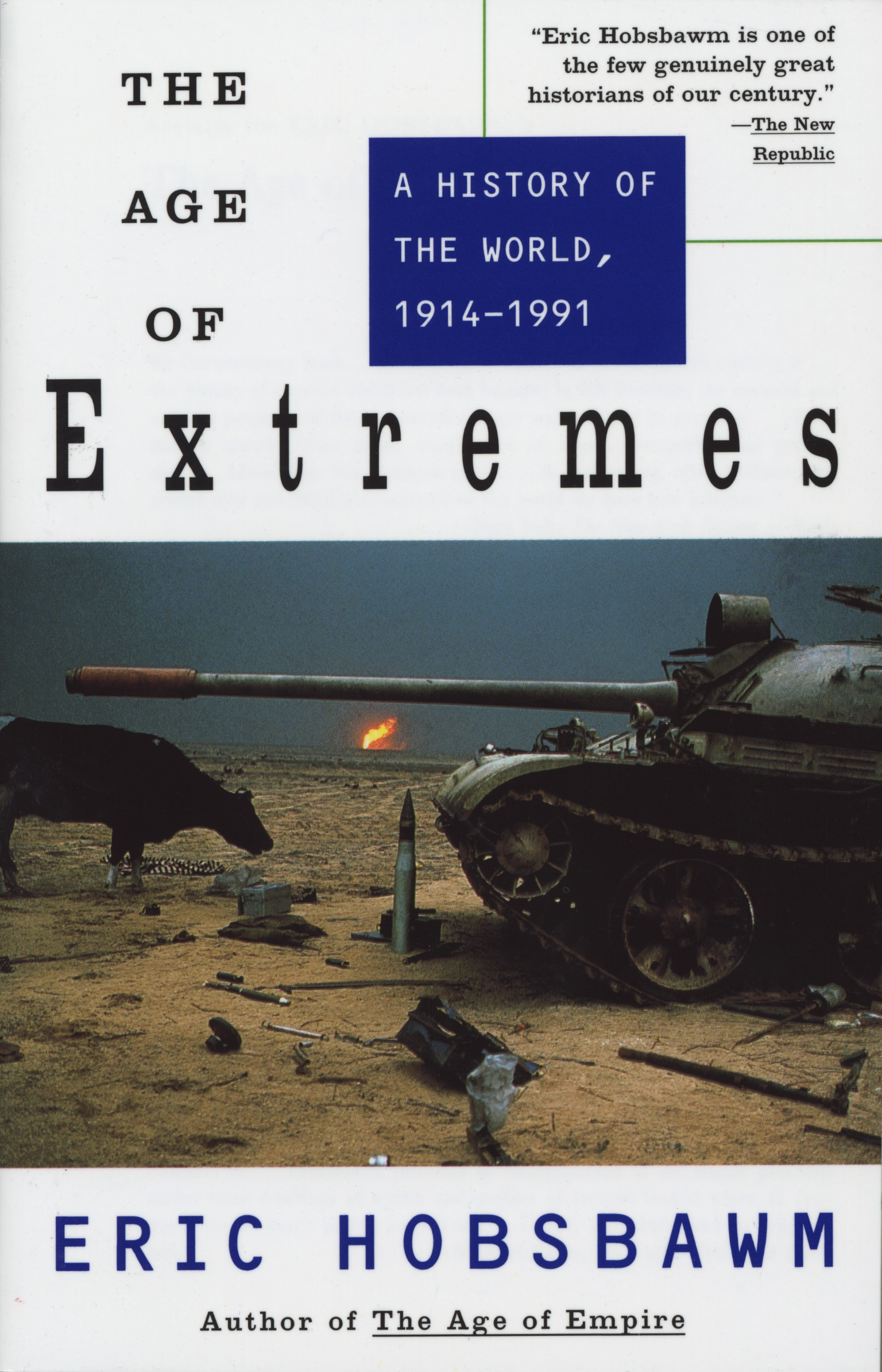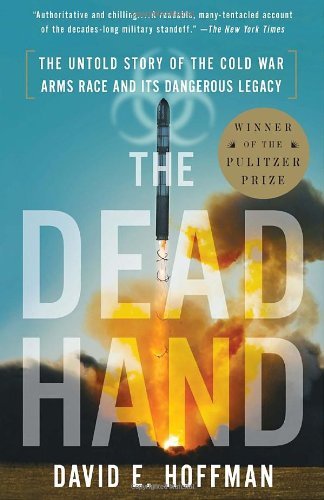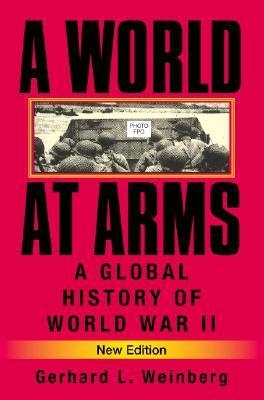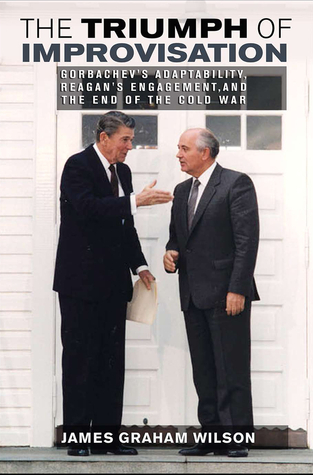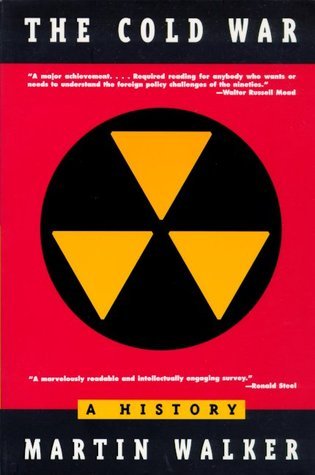
The Cold War: A History
Book Description
A world on edge, where every whisper could spark a nuclear inferno. "The Cold War: A History" by Martin Walker dives deep into the high-stakes chess game between superpowers, revealing the espionage, political maneuvering, and ideological battles that defined an era. From Berlin's divided streets to the brink of conflict in Cuba, tension simmers as nations cling to power and ideals clash. This gripping narrative uncovers the overlooked moments that shaped history, turning ordinary figures into legends of resilience and strategy. How close did humanity come to the brink, and what lessons linger in the shadows of that chilling confrontation?
Quick Book Summary
"The Cold War: A History" by Martin Walker offers a sweeping narrative of the four-decade standoff between the United States and the Soviet Union, exploring how a battle for supremacy and ideology left its mark on every continent. Walker examines the origins, major incidents, and eventual dissolution of the Cold War, emphasizing how rival superpowers wielded not just military might but also propaganda and espionage to advance their agendas. The chilling prospect of nuclear war pervaded global politics, shaping destinies from Washington to Moscow, Berlin to Havana. Through vivid storytelling, Walker illuminates political intrigue, personal heroism, and structural forces that defined this era, inviting readers to reflect on the enduring lessons and costs of global rivalry.
Summary of Key Ideas
Table of Contents
Origins and Early Tensions
The Cold War emerged from the ashes of World War II, as former Allies became rivals, locked in profound suspicion. Walker traces its roots to differing visions of world order: the American commitment to democratic capitalism versus the Soviet pursuit of socialism and strategic security. The early years saw each side striving for advantage in Europe’s devastated landscape. The Iron Curtain divided East from West, and confrontations over Germany—particularly Berlin—set the stage for decades of mistrust and proxy maneuvering that extended into Asia and beyond.
The Arms Race and Nuclear Deterrence
An era defined by the arms race, the Cold War’s most frightening feature was the ever-present threat of nuclear war. Both superpowers amassed vast arsenals, with strategies like Mutual Assured Destruction creating a paradoxical stability built on fear. Key events, like the Cuban Missile Crisis, revealed just how thin the margin was between posturing and catastrophe. Walker highlights how technological advancement, strategic doctrines, and arms control talks fueled an ongoing, high-stakes competition that shaped defense policy and public consciousness worldwide.
Espionage, Propaganda, and Ideological Conflict
Espionage and propaganda became powerful tools in this global contest. Walker recounts notorious spy scandals, covert operations, and the efforts to influence hearts and minds. Espionage networks extended deep into rival territory, while agencies like the CIA and KGB played pivotal roles. At the same time, propaganda wars—ranging from radio broadcasts to cultural exchanges—aimed to promote ideology abroad and reinforce loyalty at home, demonstrating that the struggle was not only for territory but for the soul of nations.
Crises and Flashpoints: Berlin, Korea, Cuba
The Cold War’s history is punctuated by flashpoints that risked escalation into all-out war. Walker delves into crises in places like Korea, Vietnam, Berlin, and Cuba, where local conflicts became theaters of superpower confrontation. In each case, ambiguous situations and human error threatened the fragile balance. These episodes tested leaders’ resolve and, at times, humanity’s capacity to avoid disaster, revealing both the dangers and the adaptability underlying the superpower rivalry.
Collapse and Enduring Legacies
The sudden collapse of the Soviet bloc marked the Cold War’s end but left unresolved questions. Walker explores how the systemic pressures, reforms, and popular movements led to the peaceful dissolution of the USSR and the Warsaw Pact. Yet the ideological, political, and military legacies linger—visible in current international relations and ongoing debates about security, freedom, and the responsibilities of power. The book concludes by distilling the lessons and cautions that echo in today’s uncertain world.
Download This Summary
Get a free PDF of this summary instantly — no email required.
